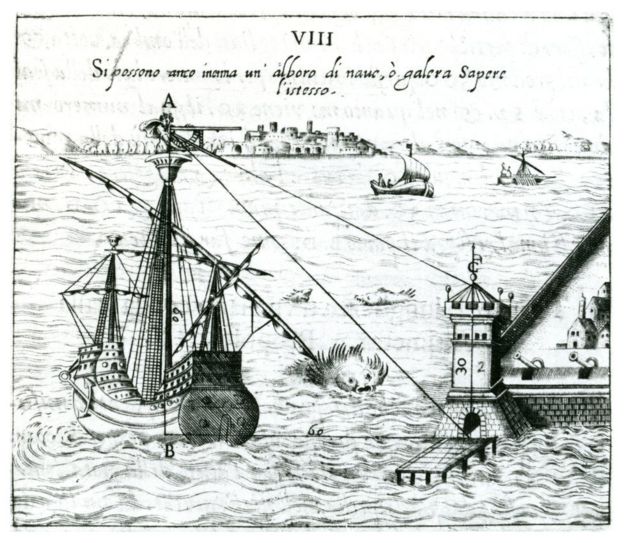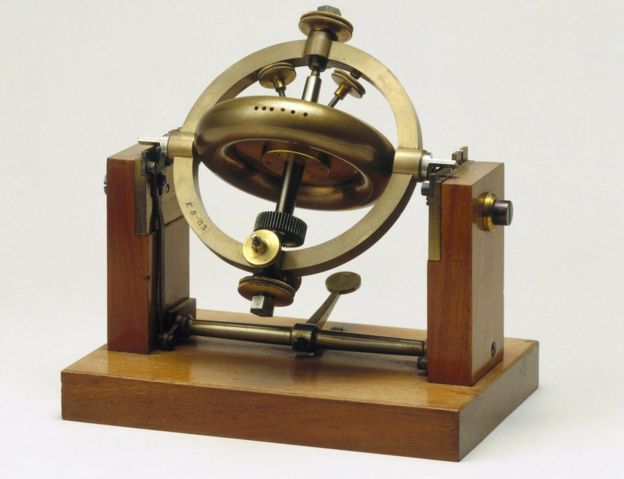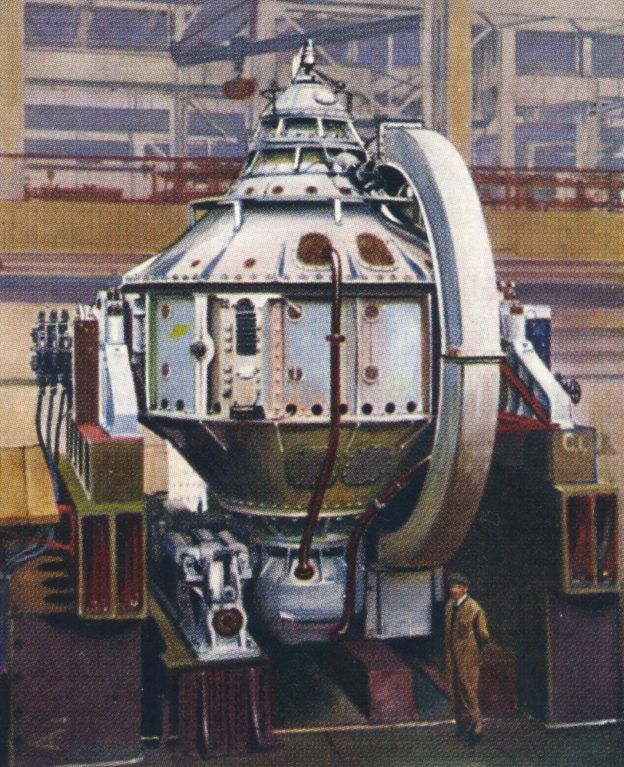A fascinating link between these four things is described by the BBC
On 5 October 1744, a storm was brewing in the English Channel. With sails set for home after chasing a French fleet off the coast of Portugal, a squadron of British warships was in trouble.
The lead ship HMS Victory sank 100m to the seabed 50 miles (80km) south of Plymouth, taking with it 1,100 men and - so rumour had it - lots of Portuguese gold. The wreckage lay undisturbed until it was located by a marine salvage company in 2009.
Beyond the rumoured gold, there was something else on board which was arguably much more economically significant.
Also lost that day was the first known attempt to develop an idea that is now used to guide everything from submarines to satellites, from rovers on Mars to the phone in your pocket.
When the Victory went down, it took with it John Serson's "whirling speculum", forerunner to the gyroscope.
Serson was a sea captain, and barely literate. But he was also an "ingenious mechanick", as The Gentleman's Magazine later put it.
He was trying to solve a serious problem.
Sailors worked out a ship's position by using a quadrant to take an angle from the sun to the horizon, but you could not always see the horizon, because of haze or mist.
 GETTY IMAGES
GETTY IMAGES
Inspired by a child's spinning top toy, Serson wondered if he could create an artificial horizon - something that would stay level, even as a ship lurched and swayed around it.
As The Gentleman's Magazine recounts, he "got a kind of top made, whose upper surface perpendicular to the axe was a circular plane of polish'd metal; and found, as he had expected, that when this top was briskly set in motion, its plane surface would soon become horizontal. If the whirling plane were disturbed from its horizontal position, it would soon recover it again".
After impressing two high-ranking naval officers and an eminent mathematician, Serson was asked to make further observations… aboard the HMS Victory: "and so perish'd poor Mr Serson".
His widow, Sarah Serson, was left penniless and asked the Navy for copies of his documents so she could try to make money from the speculum, although there seems to be no evidence that she succeeded.
However, a century later, French physicist Leon Foucault would produce a successful prototype based on the same principle which had fascinated Serson.
 GETTY IMAGES
GETTY IMAGES
Foucault called his device a "gyroscope", from the Greek words for "turn" and "observe", because he used it to study the Earth's rotation.
It was a spinning disc mounted in gimbals, a set of pivoted supports that allow the disc to maintain its orientation regardless of how the base might be tilting around.
Then electric motors came along, meaning the disc could spin indefinitely. And practical applications came thick and fast.
Ships got workable artificial horizons and so did aeroplanes.
In the early 1900s, two inventors figured out how to align the spin to the Earth's north-south axis, giving us the gyrocompass.
 GETTY IMAGES
GETTY IMAGES
Combine these instruments with others - accelerometers, magnetometers - and you get a good idea of which way up you are and in which direction you are heading.
Feed these outputs into systems that can course-correct, and you have an aeroplane's autopilot, a ship's gyro-stabilizer, and navigation systems on spacecraft or missiles.
Add in GPS, and you know where you are.

No comments:
Post a Comment